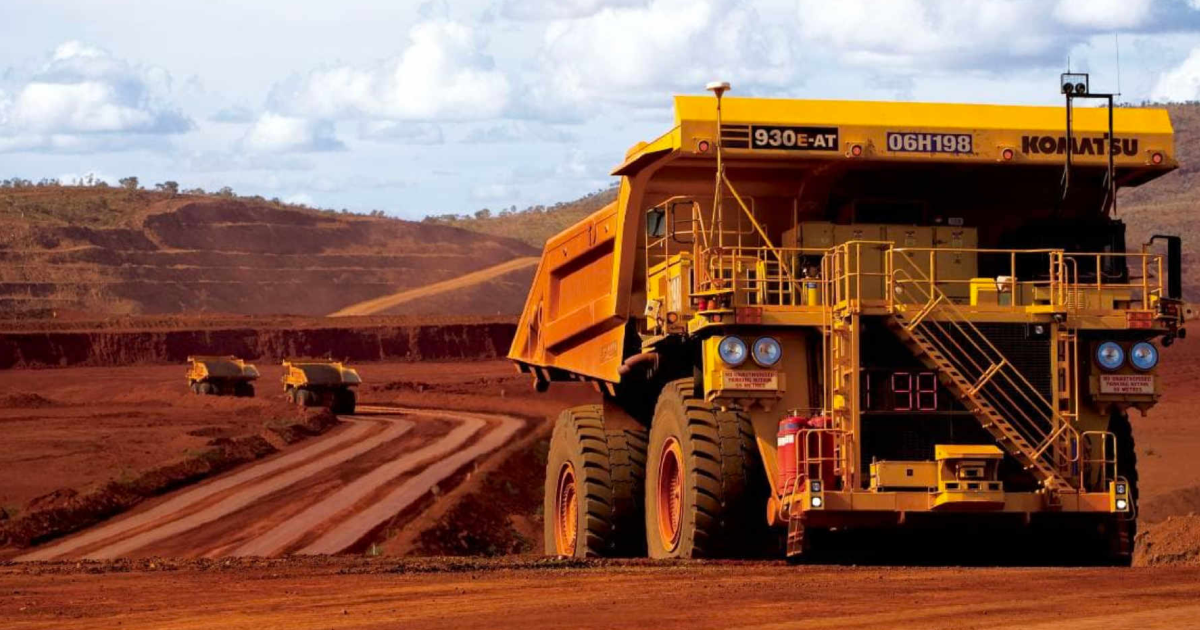
News Global Market iron ore 1744 16 October 2024
Rio Tinto and Vale noted rising production figures despite uncertainty in the Chinese market
The world’s key mining companies, Rio Tinto and Vale, increased iron ore production in the third quarter of 2024, despite the fact that demand from the world’s largest iron ore consumer, China, was mostly unstable and weak due to economic uncertainty and the real estate crisis.
According to the quarterly report of Australia’s Rio Tinto, in July-September, the company increased iron ore production in the Pilbara region by 1% compared to the same period in 2023, and by 6% compared to the previous quarter to 84.1 million tons. Shipments of raw materials to customers amounted to 84.5 million tons, up 1% y/y and 5% q/q.
For 9 months of 2024, Rio Tinto reduced iron ore production by 1% y/y – to 241.5 million tons. Shipments also decreased by 1% y/y – to 232.9 million tons.
Brazil’s Vale produced 90.97 million tons of iron ore in the third quarter, up 5.5% compared to July-September 2023 and 12.9% compared to the previous quarter. Pellets production increased by 12.9% y/y and 16.5% q/q – to 10.36 million tons. Ore extraction volumes are the highest since the fourth quarter of 2018.
In July-September, ore shipments decreased by 0.5% y/y and increased by 1.2% q/q – to 69.33 million tons, while pellets increased by 17.8% y/y and 14.4% q/q – to 10.14 million tons. The company is expected to produce 323-330 million tons of iron ore in 2024.
The world’s largest iron ore producers continue to increase production volumes as production is supported by the low cost per tonne of raw materials, which remains well below the current spot price level. At the same time, a significant supply of raw materials in the current demand environment may lead to a further drop in prices in the short term.
As GMK Center reported earlier, in early October, the global iron ore market showed significant growth, fueled by new economic stimulus from China. Prices for raw materials moved upwards, reaching a three-month high amid hopes of stabilizing the Chinese economy, particularly in the real estate sector. However, by mid-October, the market had corrected to lower levels of around $106-111/t amid prospects for a decline in global steel demand and ongoing difficulties in China.




